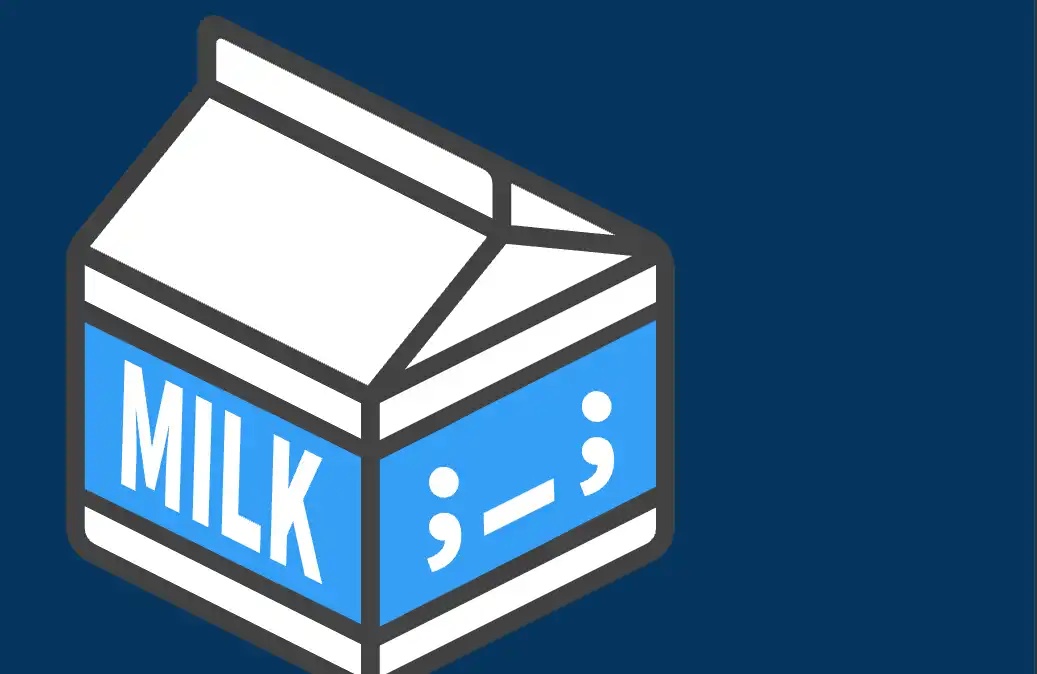Vitalik's latest speech at EDCON 2024: Ethereum's ten-year transformation and outlook for the next decade
Original title: "Vitalik's latest speech: Ethereum's next decade"
Original author: Pzai, Foresight News
Today, at the Ethereum developer conference EDCON 2024 held in Tokyo, Ethereum founder Vitalik Buterin presented us with a speech on "Ethereum's next decade", which not only briefly reviewed the changes that have taken place in Ethereum in the past 10 years, but also used his forward-looking perspective to paint a picture of Ethereum's infinite possibilities in the next 10 years.
Changes in the past decade
First, Vitalik reviewed the changes in social interfaces, from EtherTweet, which simply uploaded information to the chain in 2015, to the current multi-client Firefly, which includes changes in user experience and underlying architecture, the latter of which can produce higher efficiency and lower costs, and usability has been improved to a certain extent. Vitalik sees Firefly as a "Farcaster+Twitter+Lens client". Posts published using Firefly can be published on Farcaster and Lens at the same time.

Vitalik then compared the improvements to the problems related to on-chain interactions. In 2019, the cost of using the mainnet was relatively high, and the cost of ZK-SNARK was even higher. Now the transaction cost is usually less than one cent. Ethereum has significantly reduced related fees and increased transaction processing speed through expansion over the past decade. In terms of confirmation time (Tx inclusion time), it usually takes 1 to 5 minutes in 2019. If you are unlucky, you may have to wait up to 60 minutes to include the transaction. Now, after the implementation of EIP-1559, this process has been increased to 5~20 seconds, and second-level confirmation has been achieved on Layer2.

In addition, proposals such as EIP-4337 have improved the applicability and security of smart contract wallets. Vitalik expects that almost everyone will adopt smart contract wallets such as Safe in the next five years.
Vitalik said that the use cases of blockchain have not changed much in the past 10 years, focusing on stablecoins, financial derivatives, decentralized exchanges, and prediction markets, so future use cases need to be discussed. He talked about decentralized exchanges and prediction markets in 2014 (the cost of the popular prediction market Polymarket is much lower than before), but he did not predict the popularity of NFT.

Vitalik said, "I didn't expect people to trade up to $2 million for a digital monkey. In 2020, I paid $1,000 in transaction fees on Augur, and today the transaction cost on Polymarket is almost zero. Very interesting things have happened in the past 10 years, so what will happen in the next 10 years?"
Ethereum's Outlook for the Next 10 Years
In terms of wallets, taking wallet UI as an example, Ethereum's wallet interface in 2015 was highly homogenized with Bitcoin, and wallets in 2024 are more inclined to the experience of traditional applications. Vitalik believes that neither of them is the paradigm of future wallets, because Ethereum is committed to creating a new type of social system based on the chain.

In 2024, an application developed by a Ukrainian company is building a zero-knowledge proof voting system. Voting itself can also be a government election. If it is combined with zero-knowledge proof and privacy protection, it will be more credible. Looking forward to 2034, if we can make voting itself more transparent, efficient and secure, we can expand the use case of "voting governance" in life and combine it with certain financial elements.

In terms of expansion, Vitalik said that blob will first expand to 1 ~ 4 MB in the future, and will reach 16 MB/mainnet block in the later stage. While achieving the protection of Ethereum and its ecosystem, it will use technologies such as transaction compression to benefit users in an expanded environment.

In terms of user experience, Vitalik hopes that in the future wallet construction, more self-sovereignty and security can be integrated on the basis of combining traditional user experience. For example, in the custody of encrypted wallets, the "guardian" model can enhance the protection of wallets by adopting a combination of on-chain and off-chain models. In terms of the dual dimensions of user experience and security, in 2034, the Web2 user experience and the Web3 user sovereignty value will be combined, which will be safer than traditional Web2 services. In addition, using Ethereum L2 will become as smooth as using the Ethereum mainnet directly.

In addition, Vitalik also proposed a standardized experience on the interactive front end: through the relevant display of the front end (ERC-3770 and ERC-7683, etc.), the multi-chain experience within the EVM architecture is integrated. Here Vitalik uses the prediction market Polymarket as an example. Originally, users were prompted to pay attention to the risk of mis-transfer caused by different chains. In the future, they can directly interact seamlessly through a single front end.

In addition, Vitalik believes that builders should not just copy Web2, but should take a step ahead and explore. In 2034, there will not only be desktops and mobile devices, but also wearable devices, locally run AI, AR, and eventually BCI. There will also be some practical technologies that will build Community Notes, prediction markets, and similar technologies directly into wallets or browsers, and security will be able to verify everything or provide proof of on-chain content versions. These constructions also produce the meaning of cryptocurrency, which is to protect people from the source in the ongoing security challenges.

Finally, Vitalik made a corresponding summary. He said that the development of Ethereum in the past decade has focused on theory. Now when developers can achieve the quality of experience required by users, applications that are powerful enough and important enough have been built on Ethereum. At this time, attention can be turned to how to build applications that have an impact on the world while retaining the value owned by everyone.
"What kind of applications do we want to build? How do we build them while preserving everyone's values? I don't know the answer, but I think all of us, all developers, all Buidlers, and everyone who is indispensable in the community, have the opportunity to be part of shaping the future." Vitalik said.

Original link
Welcome to join the official BlockBeats community:
Telegram Subscription Group: https://t.me/theblockbeats
Telegram Discussion Group: https://t.me/BlockBeats_App
Official Twitter Account: https://twitter.com/BlockBeatsAsia


 Forum
Forum Finance
Finance
 Specials
Specials
 On-chain Eco
On-chain Eco
 Entry
Entry
 Podcasts
Podcasts
 Activities
Activities
 OPRR
OPRR







